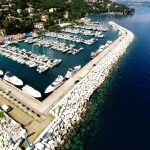Getting back on track with our alphabet series, a look at some features of the Adriatic starting with D
Our last feature in the alphabet series covered the complex nuances of Č and Ć. Enough time has passed for our readers to master the intricacies of Croatian diacritics, so today, we’re moving on to the letter D.
If we had to define the Croatian Adriatic with a single D-item, the choice would be obvious:
D is for Dalmatia
Seeing that the largest coastal region is home to some of the most enchanting destinations in the country, it could easily be dubbed the backbone of Croatian tourism; even a quick online search results in enough mesmerising visuals to make anyone start planning their vacation time for the next ten years.
Dalmatia is a vast wonderland, though, and trying to sum up all its attractive features in a single paragraph would make any writer cry in frustration. Instead, let’s take a look at a couple of selected highlights, some indigenous to Dalmatia, some of them applicable to the entire Croatian coast:
Dubrovnik
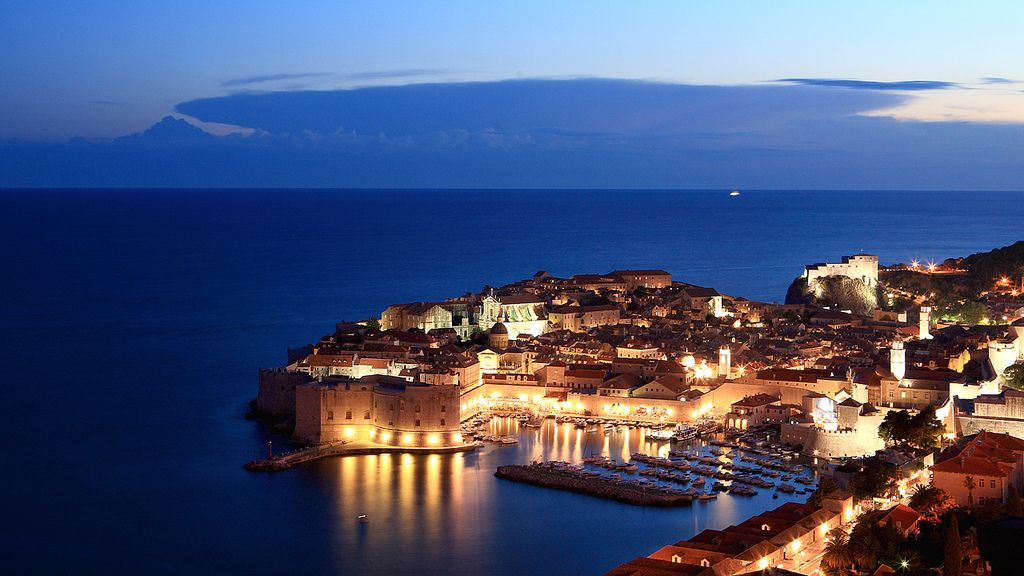
Again, the most obvious singular choice: the so-called Pearl of the Adriatic is undoubtedly the most famous tourist hotspot in Croatia, its popularity only growing with each passing year. The picture-perfect landscape, the well-preserved defensive walls and the historic Old Town have been luring visitors to Dubrovnik for decades now, the city hosting the Game of Thrones being the latest magical factor to cause a major spike in traffic. As the stunning destination is already well-known worldwide – to a point where the incessant stream of tourists has started to present a bit of a problem in summer – there’s no necessity to sing it more praises.
We’d rather remind you of a few outstanding TCN features dedicated to Dubrovnik. Think all coastal destinations get bleak as soon as the crowds leave? Take a look at this case for visiting this breath-taking city in winter. Here’s a lovely tribute to the late Roger Moore, a legendary actor who left a memorable mark on Dubrovnik’s cultural scene. and here you can learn the story of an interesting local, agent Popov who supposedly served as inspiration for the character of James Bond.
Let’s not forget the 25th film in the Bond series will be partially filmed in Dubrovnik. 007 and the city truly share a special… bond.
Dory, John Dory
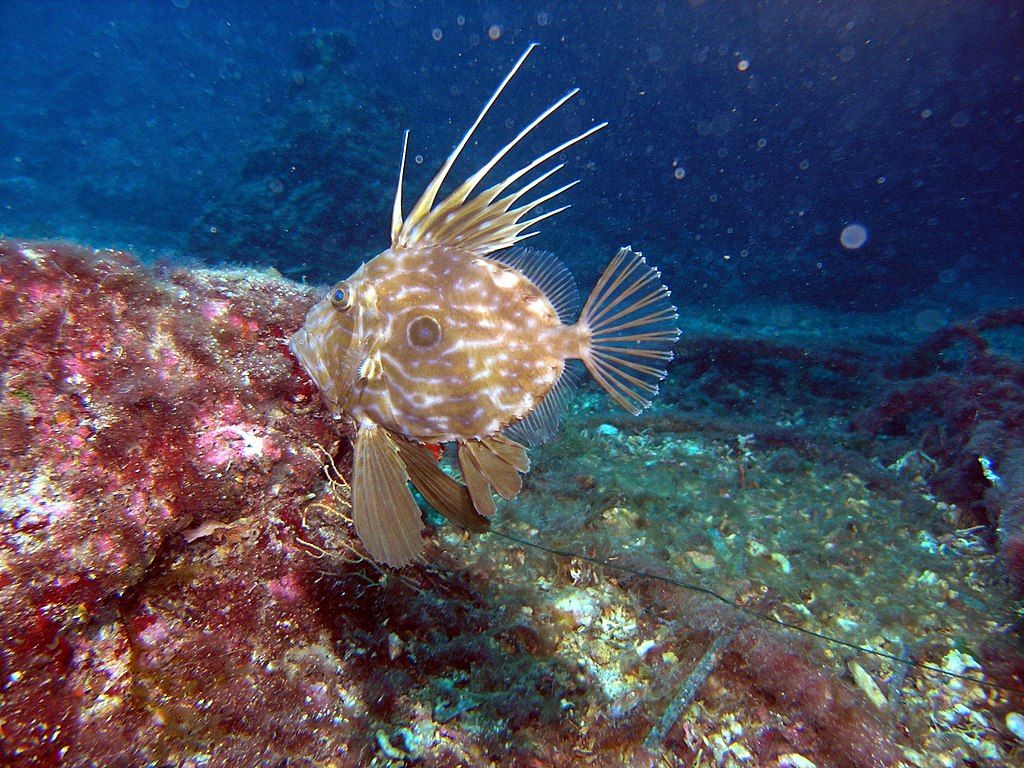
Okay, call me a cheater, but this was too good to resist.
John Dory is a fish commonly found in the Adriatic waters; it’s also known as St. Pierre (šanpjer in Croatian) and St. Peter’s fish, but in these parts, you’ll often hear it referred to as kovač (blacksmith). A somewhat bizarre variety of names for a single fish, with a complicated, murky etymology to match.
Let’s start with that blacksmith business: the Latin name for the genus in question is Zeus Faber – Zeus the smith. Legend has it that Zeus once had to shoe his horses on his own after Hephaestus, the god of fire and metalworking, refused to lend a helping hand. Zeus wasn’t that apt at handiwork, so he sat on a shore and despaired until a fish suddenly jumped out of the sea. The head of the Greek Pantheon thus ate the fish and realised its bones could be used as tools. The horses got shod, the journey could continue; Hephaestus probably got a tongue-lashing sometime later, but Zeus first marked the occasion by naming the helpful (unfortunate) fish the smith of Zeus. Somewhere along the way, the Zeus part was dropped in some languages, allegedly owing to the fact Zeus had no real power in Poseidon’s maritime empire.
On to Christianity: another legend says that St. Peter, the patron saint of fishermen, once caught our underwater blacksmith with his bare hands, leaving a thumb-print on the fish’s flank. The occasion permanently marked the animal with its distinctive feature, a single dark spot on each side that John Dories supposedly use to confuse their prey. To make it even more complex, ‘John Dory’ is said to have stemmed from janitore, the door-keeper, alluding to St. Peter’s role of the guardian at the gates of heaven.
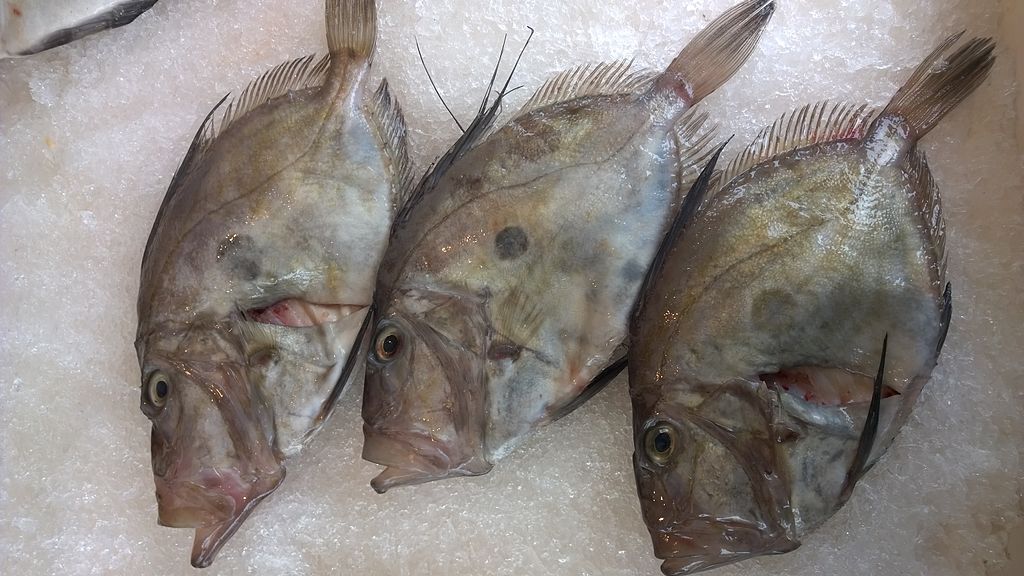
A more familiar image.
This mythological wild ride aside, the only thing we can all agree on is that John Dories are delicious – the fish is a staple feature of the Adriatic cuisine, and you’ll easily find it at every fish market on the coast.
Speaking of aquatic life…
dolphins
If you had to pick your favourite marine animal – no, not a John Dory or a lobster, stop thinking about food – if you had to pick one you wouldn’t serve on a plate, I’d bet at least 70% of people would go with dolphins. Wishful thinking, maybe, but I hope nobody minds us gushing over the frequent dolphin sightings in the Croatian waters. The Lošinj archipelago is your best chance of spotting a friendly face or two: the islands of Cres and Lošinj have seen a proper dolphin baby-boom this past summer, and multiple adorable calves have been spotted in the waters of Silba island, clumsily trying to keep up with their moms.

The Blue World Institute from Veli Lošinj has been implementing the Adriatic Dolphin Project for 30 years now, monitoring the resident population of bottlenose dolphins. You don’t need a doctorate in marine biology to join the initiative: BWI has a volunteer programme waiting for those who want to work with these amazing animals. Every participant gets to spend twelve days on Lošinj, go on daily boat rides to track dolphins and collect data, and attend educational lectures and activities in the Lošinj Marine Education Centre. Learn more here – and don’t forget to pack your camera.
dormice
Aww, another cute animal nobody would think of serving on a plate, right? …. Right?
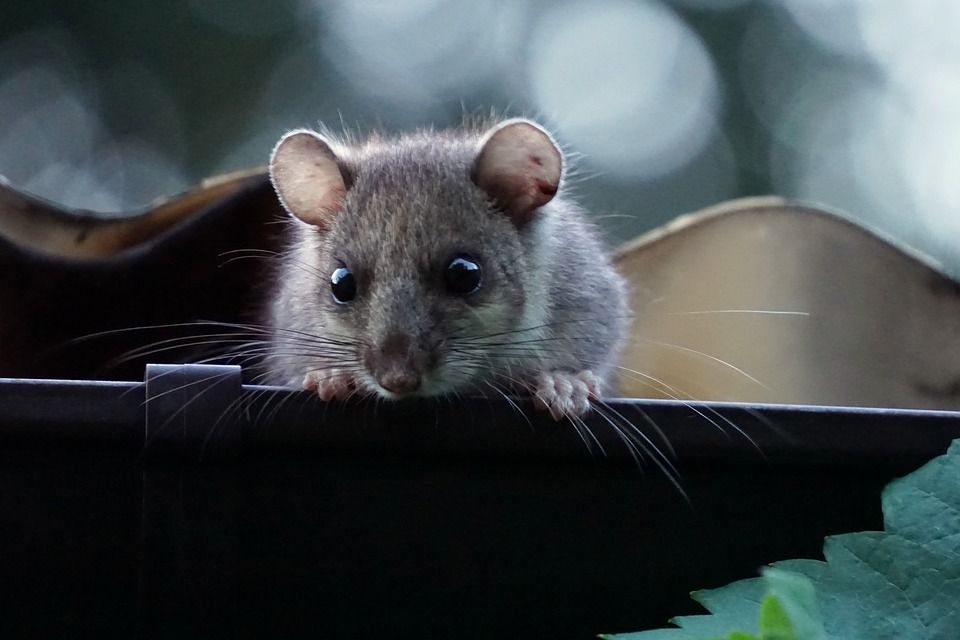
Run while you can, little babe.
We have a fair share of quirky manifestations in these parts, including championships in frog-jumping, stone skimming, and ploughing – all mutually unrelated, thankfully. There’s no singular winner to the colourful ensemble of odd events, but a certain festival on Hvar island surely stands out among the competition.
Every summer, the village of Dol hosts the traditional Puhijada, a festival so devoted to dormice, dozens of furry little creatures end up on the menu (think BBQ). Dol is one of the three remaining places in Croatia where you can sample the unusual specialty, the other two being its namesake Dol on Brač island and the region of Gorski Kotar. If you had an impression that Croatian cuisine is limited to seafood and olive oil, click here to find out more about this peculiar event that even has its own official currency.
d(a)rnekuša
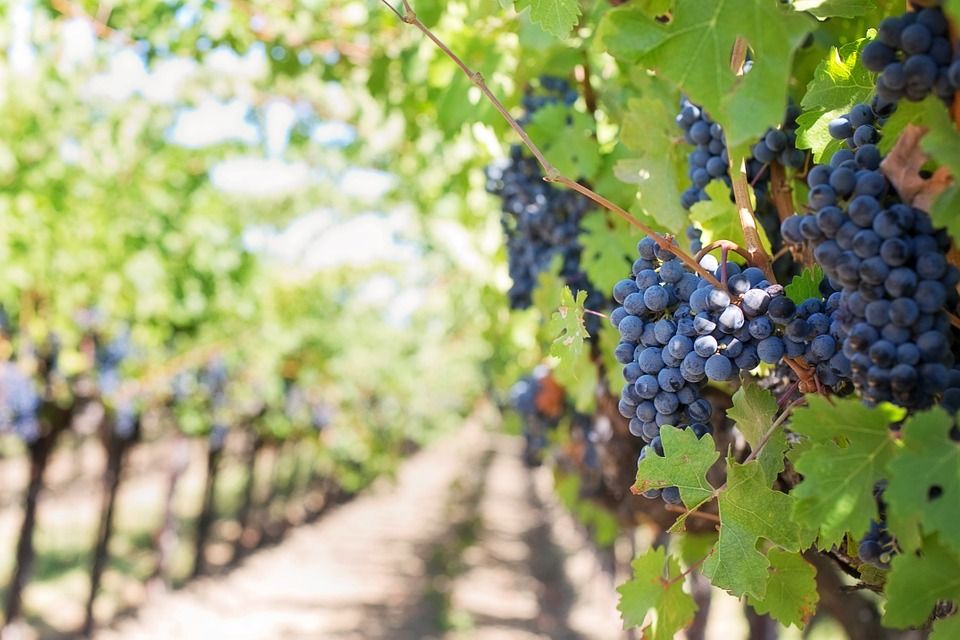
Drnekuša is an ancient red wine grape variety indigenous to the Dalmatian coast. When you look up other Dalmatian varieties, the search will usually lead you to the likes of bogdanuša, plavac and kuč, while drnekuša will resist all attempts to be tracked down and often get labeled as ‘insufficiently tested variety’. During the 20th century, the existing fund of drnekuša has decreased to the point of borderline extinction, so in 2011, the Public agency for management of Stari Grad Plain launched a project aiming to preserve and revitalise this priceless part of our natural heritage. Truly a perfect pairing – an ancient variety growing at the ancient UNESCO-protected site on Hvar.
Multiple winemakers on Hvar island have since turned to drnekuša, including Jo Ahearne, a British expert and the only winemaker in Croatia boasting the prestigious Master of Wine title. Ahearne has been making a fantastic drnekuša rosé named Rosina, leading the revival of the long-neglected variety.
Dugi Otok
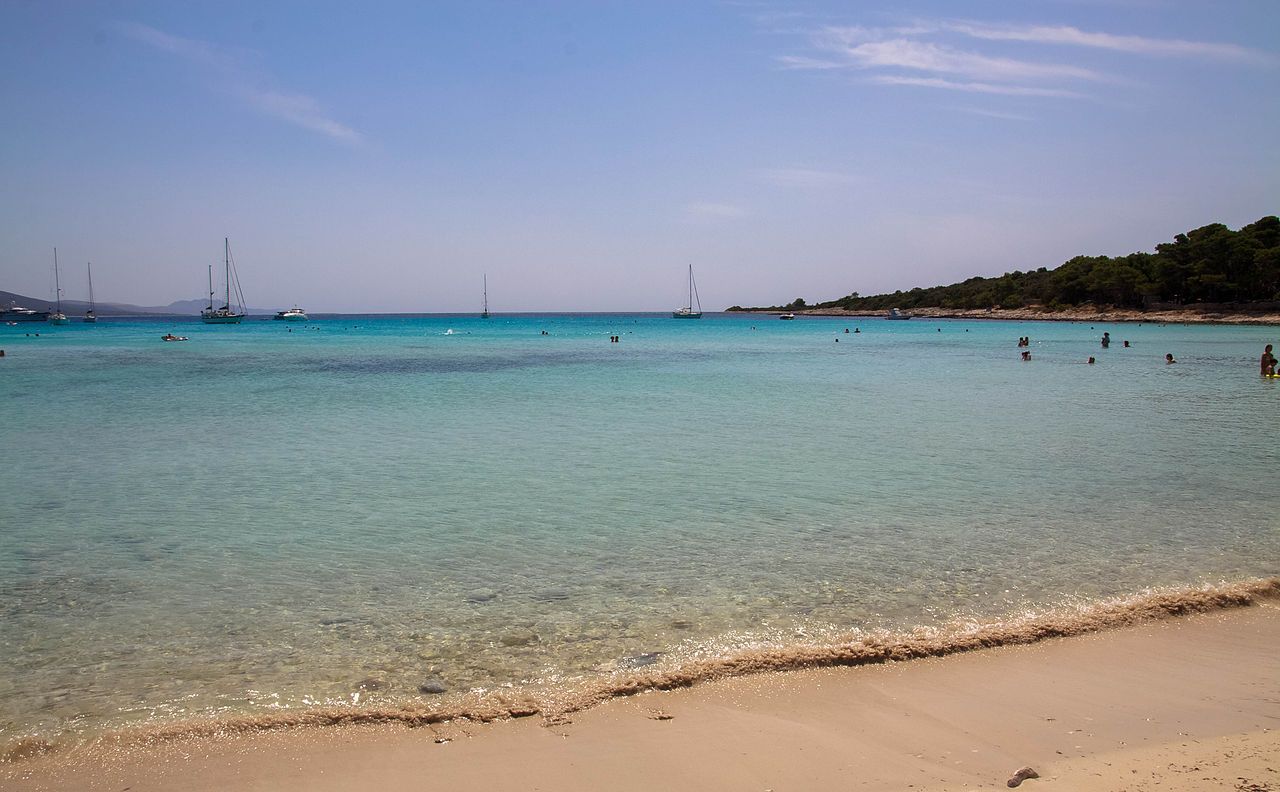
Our impressive portfolio of 1000 islands provides plenty of contenders for this series, and this time around, the honour goes to Dugi Otok – the seventh largest island in Croatia and the largest one in the Zadar archipelago. Dugi Otok literally translates to Long Island, getting its name from its distinctive elongated shape. Most of its inhabitants reside in towns on the eastern side of the island, while the southern part is home to Telašćica Nature Park which borders Kornati National Park. That’s a lot of unspoilt nature to feast your eyes on.
Remember the former Croatian tourist slogan ‘Mediterranean as it once was’? Dugi Otok is a perfect example of the authentic Adriatic experience, boasting numerous stunning beaches and quaint seaside villages which host popular summer folk festivals. All things considered, if you’re thinking of sailing the Kornati islands, consider stopping by the Croatian Long Island along the way. Learn more about its many features here.
docking
Last but not least… Not exactly the most specific item in the world, but anyone planning to sail in Croatia has to make some crucial decisions: which destination(s) to visit, and where to dock? Croatia has a comprehensive network of marinas along the entire coast, as well as a decent number of ports. You can find an exhaustive list featuring necessary practical information on Total Croatia Sailing – click here for marinas and here for key ports on the coast and islands.

